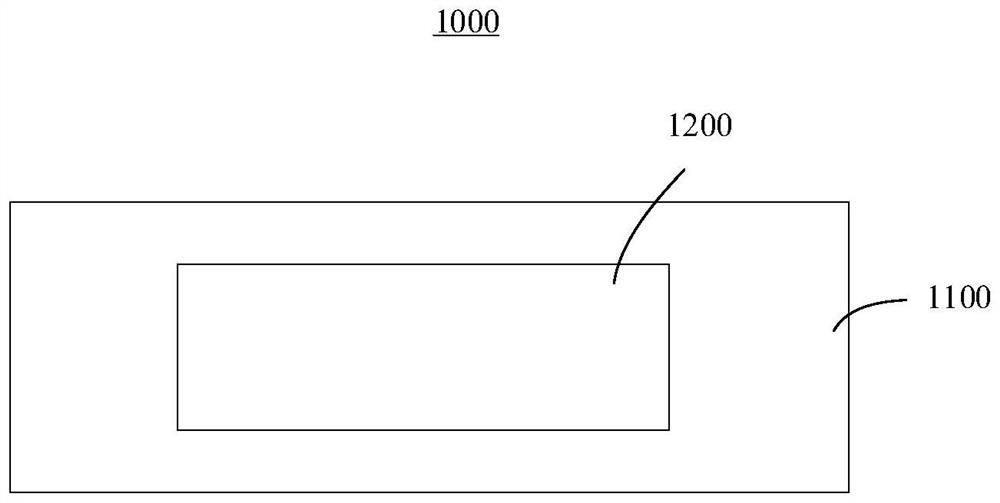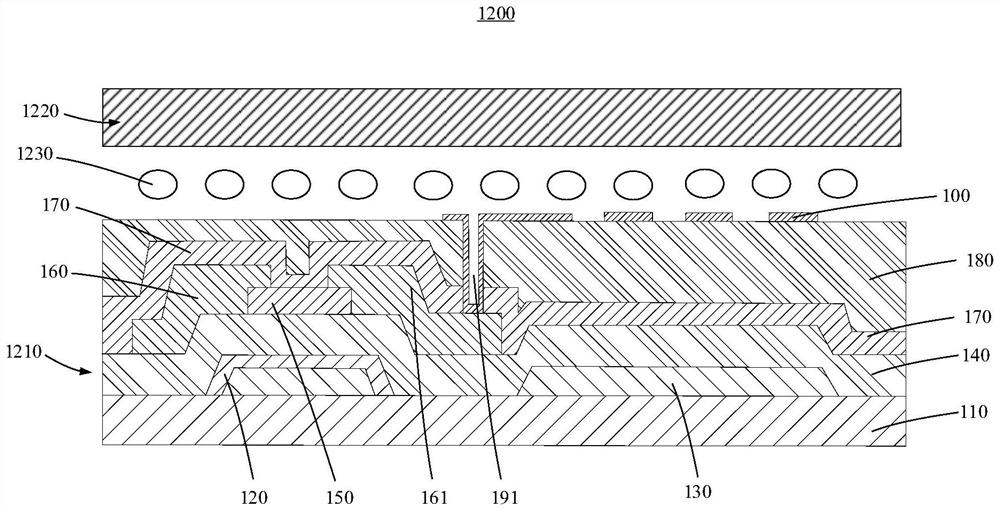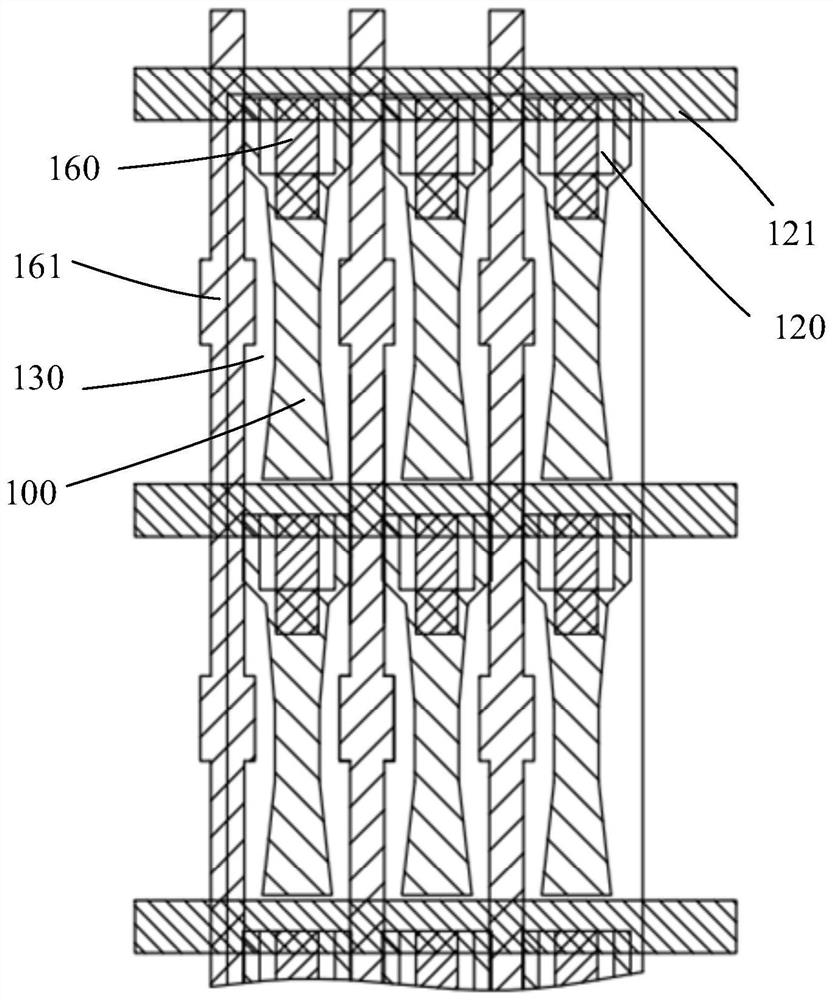Array substrate, liquid crystal display panel and display device
An array substrate and electrode technology, applied in the field of virtual reality, can solve the problem of low transmittance of comb-shaped electrodes, and achieve the effects of reducing ineffective electric field components, reducing dark domains, and improving transmittance
- Summary
- Abstract
- Description
- Claims
- Application Information
AI Technical Summary
Problems solved by technology
Method used
Image
Examples
Embodiment Construction
[0055] The technical solutions in the embodiments of the present application will be clearly and completely described below in conjunction with the drawings in the embodiments of the present application. Apparently, the described embodiments are only some of the embodiments of this application, not all of them. Based on the embodiments in this application, all other embodiments obtained by those skilled in the art without making creative efforts belong to the scope of protection of this application.
[0056] In the description of the present application, it should be understood that the orientation or positional relationship indicated by the terms "upper", "lower" and the like is based on the orientation or positional relationship shown in the drawings, and is only for the convenience of describing the present application and simplifying the description, It is not intended to indicate or imply that the device or element referred to must have a particular orientation, be constr...
PUM
 Login to View More
Login to View More Abstract
Description
Claims
Application Information
 Login to View More
Login to View More - R&D
- Intellectual Property
- Life Sciences
- Materials
- Tech Scout
- Unparalleled Data Quality
- Higher Quality Content
- 60% Fewer Hallucinations
Browse by: Latest US Patents, China's latest patents, Technical Efficacy Thesaurus, Application Domain, Technology Topic, Popular Technical Reports.
© 2025 PatSnap. All rights reserved.Legal|Privacy policy|Modern Slavery Act Transparency Statement|Sitemap|About US| Contact US: help@patsnap.com



